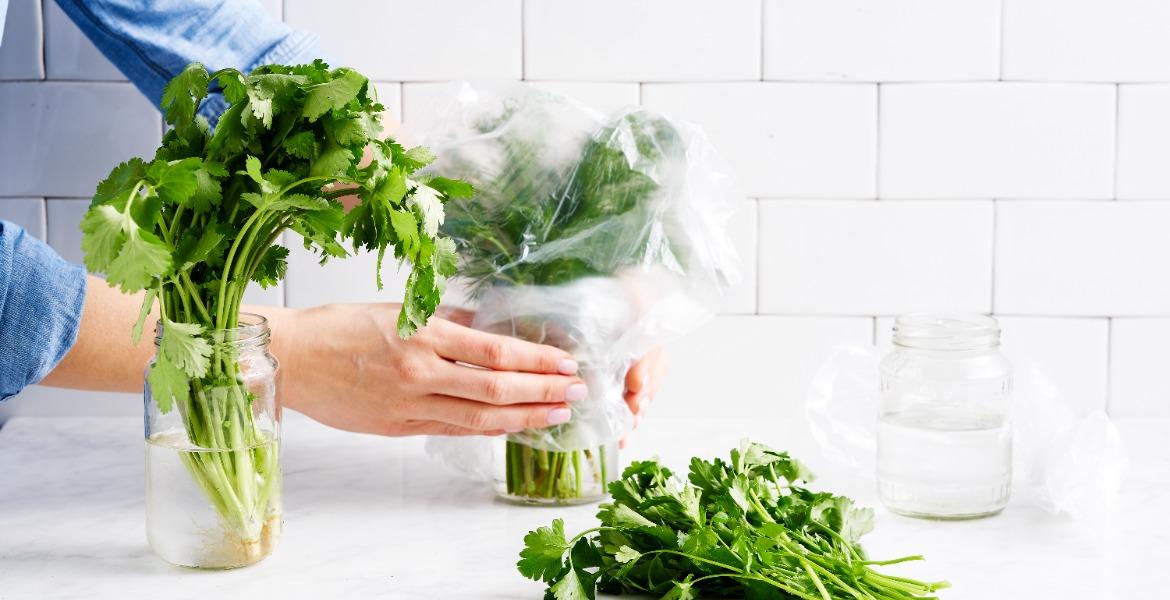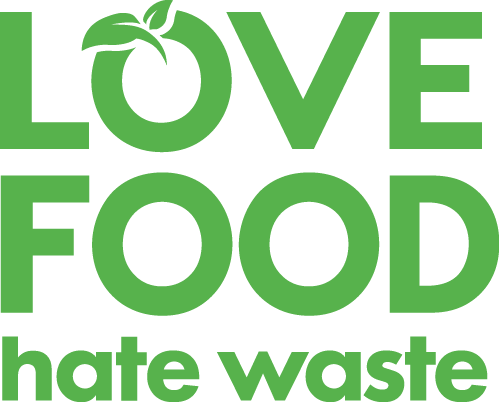
Storage Superhero
Check out our tips on how to keep food fresher for longer and get the most out of the food you buy.
Oxygen, moisture and heat are the main reasons bacteria or fungi reproduce, causing food to go off. Clever kitchen appliances, containers, utensils and tools can help you to store your food properly and keep it fresher for longer. The 'use by' and 'best before' dates on packaging can be a little confusing but getting to know what each date means will help you make the most of your food.
Storage hacks
Airtight containers with snug-fitting lids are perfect for storing items in the fridge, freezer or cupboard. Using the right size is essential as it reduces oxygen in the container. Airtight jars are great for storing flour, grains and cereal in the cupboard, as well as storing leftover liquids like salad dressing in the fridge.
Paper towels are a must for those fruit and veggies that sweat moisture such as mushrooms, strawberries and cucumbers which can deteriorate quickly once they start perspiring. Absorb this moisture by placing one or two paper towels on the top and/or bottom of an airtight container and changing the paper towel every few days for the best result.
Learn how to store different foods
Dairy and eggs | Fruit, vegetables and herbs | Meat, poultry and seafood | Pasta, cereals and flours
Date labels
While the ‘use by’ date tells us when food is safe to eat, it’s not so straightforward for fresh food and food with ‘best before’ date labels. 'best before' means it may still be okay to eat after that date, depending on how it’s been stored, whether it has been opened and the ‘sniff test’.
When we store food correctly, we extend its shelf life and preserve its nutrition better. Watch our video on how to read and understand date labels.
The fridge
Rotating food by moving the oldest items to the front of the fridge means you will know what food is there and what to eat as a priority. Make sure the temperature is between 3 - 4 degrees Celsius and check the door seals are working.
- Wait for food to stop steaming before putting it away, so your fridge doesn’t have to work as hard.
- Keep food covered or stored in sealed containers to keep it fresher for longer.
Watch our video for tips on making the most of your fridge.
The freezer
A freezer works like a ‘pause’ function on your food. The quicker food is frozen, the faster the natural deterioration process stops. Make sure the temperature is set to -18 degrees Celsius and check the door seals are working.
- Freeze food in sealed containers, wrap it in foil or use reusable zip lock bags to avoid freezer burn and contamination.
- Label containers with the date and store food in single or family size portions, so you only need to defrost what you need.
Make sure you’ve got space in your freezer before needing to use it. If it’s already full then that food is likely to be thrown in the bin.
The pantry
To keep your pantry fit for storage, make sure the temperature stays between 10 – 21 degrees Celsius and keep pantry items away from direct sunlight and heat sources like the oven, as they’ll deteriorate more quickly. Check tins and jars for cracks, swelling or leaks which suggests the food is not safe to eat.
- Use airtight containers for storing rice, flour, cereal, grains, nuts, sugar and pasta.
- Keep bread at room temperature rather than in the fridge. If you don’t think you’ll finish the loaf before it will go stale, stick it in the freezer.
- Store jam, tomato products, long-life milks, sauces and cans in the pantry until opened and then store in the fridge.
Frequently cleaning shelves and rotating foods in your pantry will reduce the likelihood of pests and cut down on items getting lost and forgotten.
OzHarvest Use It Up Tape
Our friends at OzHarvest have created the Use It Up Tape. It can be used in your fridge, freezer or pantry to mark a shelf for food that needs using up or be stuck on individual items. It’s made from paper, is dishwasher proof and can be recycled or reused. The tape is available free of charge for individuals. Order online at www.ozharvest.org/use-it-up/tape.
